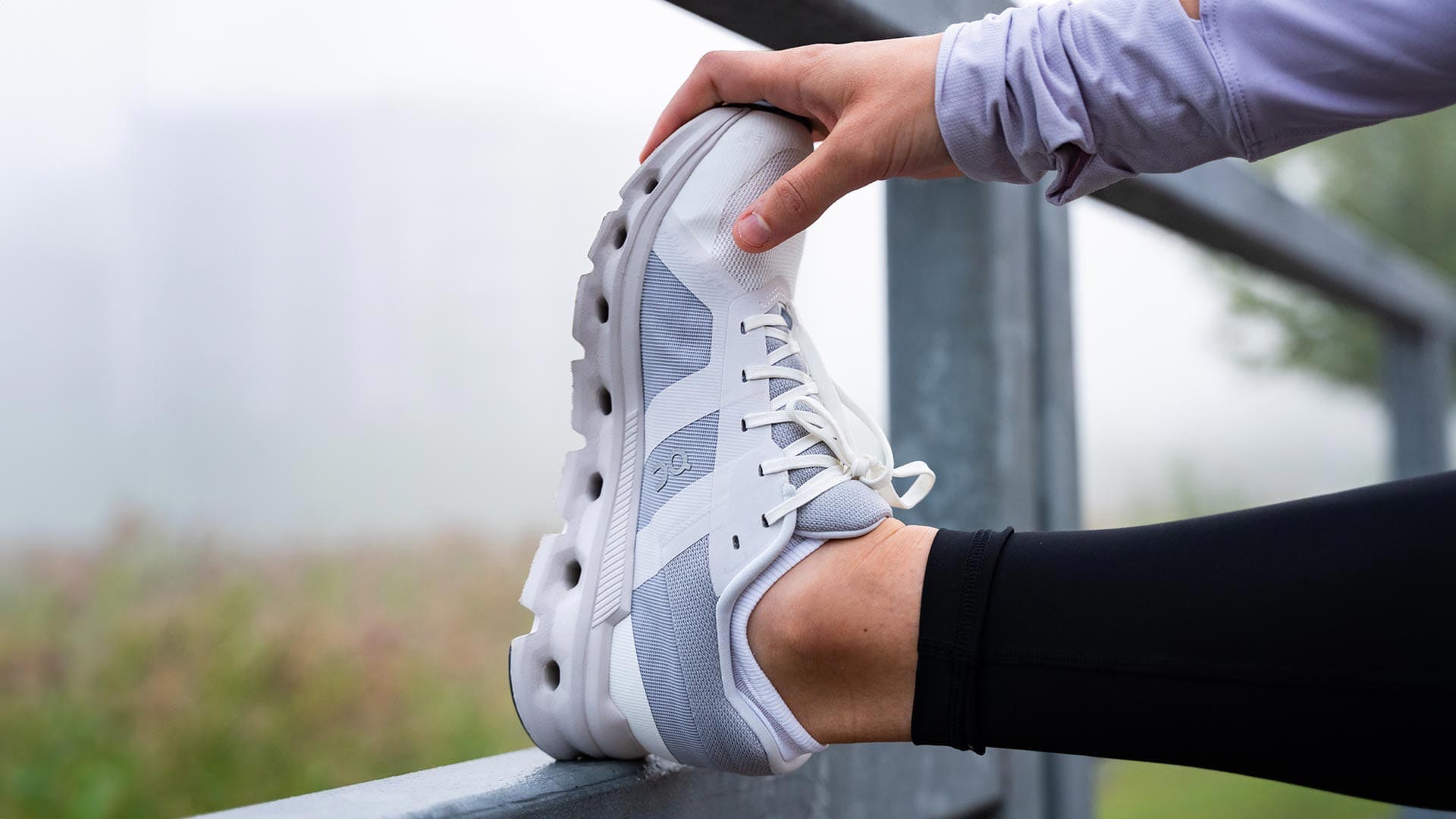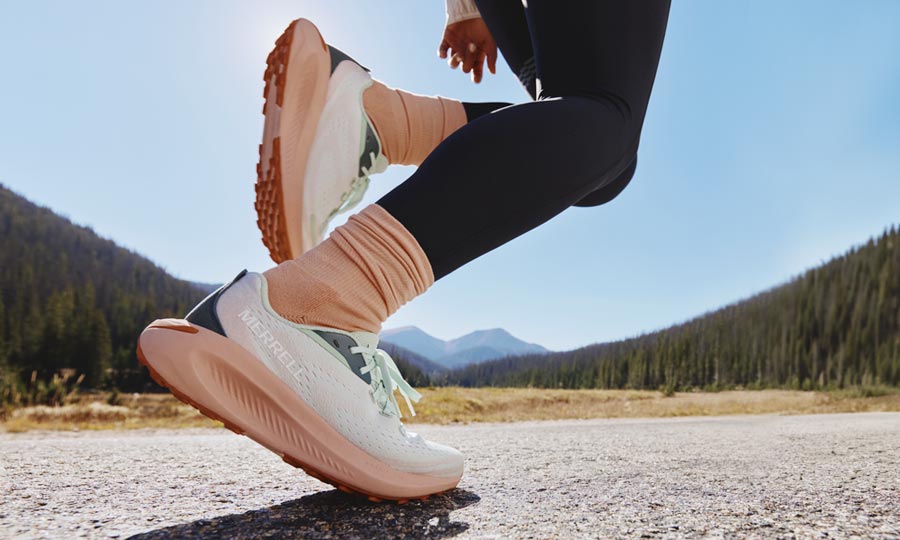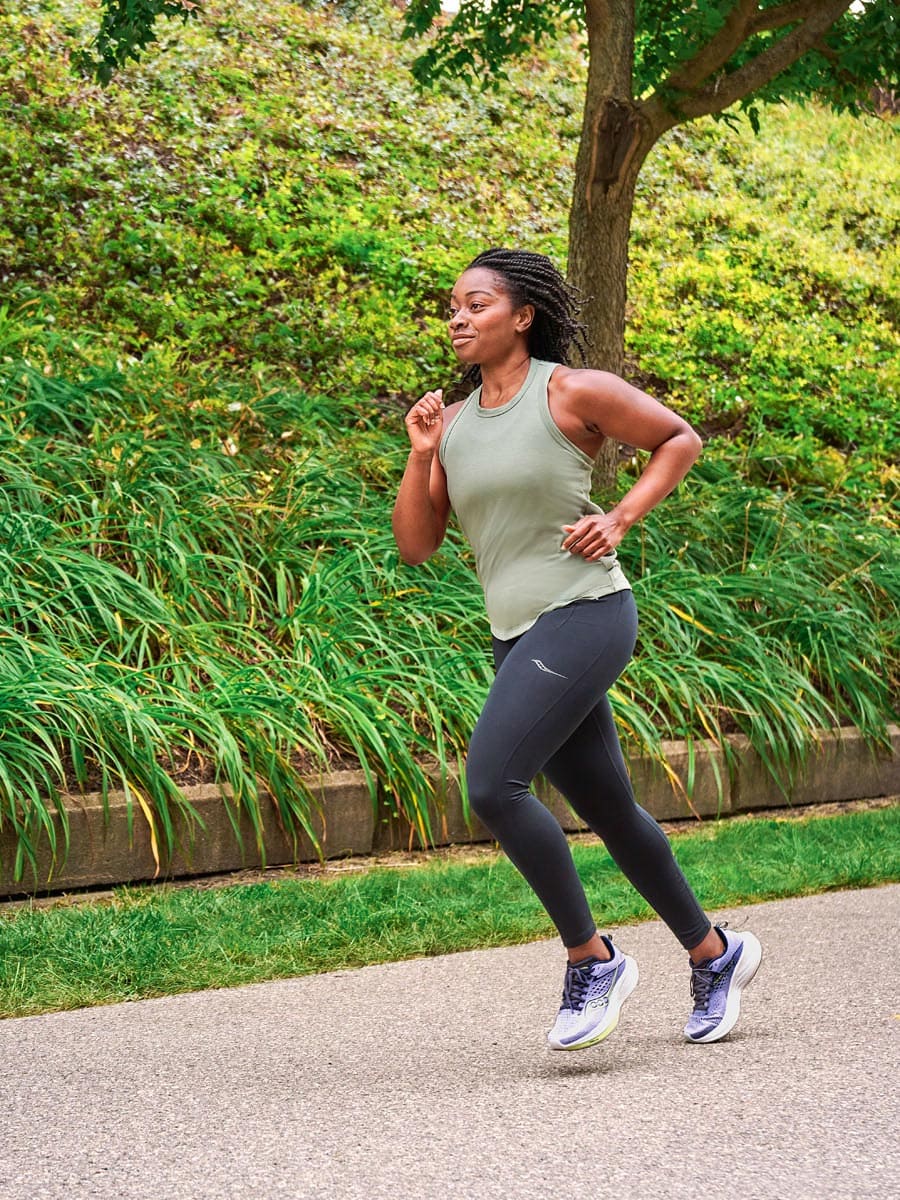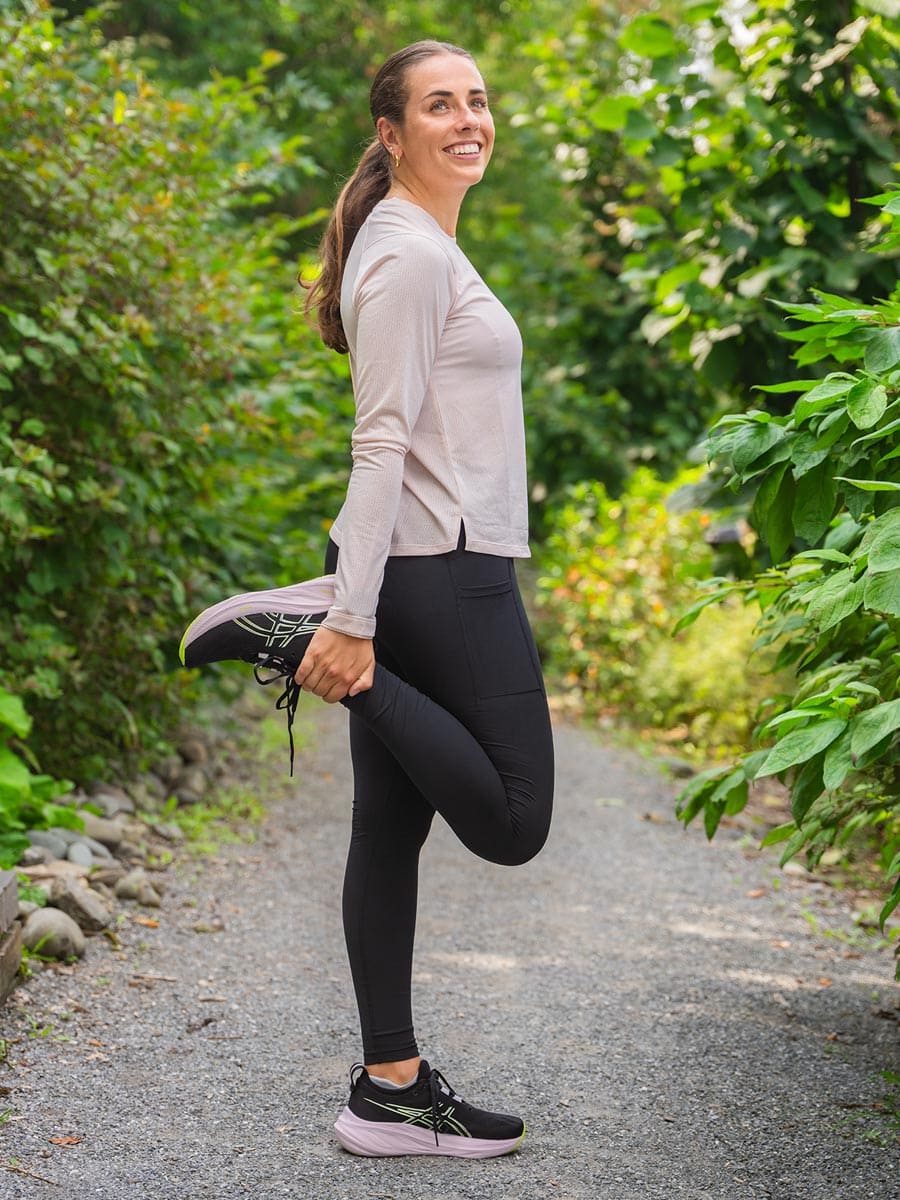Training
Running
Buying Guide

Wearing the right running shoes while working out can make all the difference in terms of performance and long-term benefits. To prevent foot discomfort and enhance your fun, it's important to invest in suitable running footwear. You can't wait to try the new models designed for running, but do you know your stride type? Knowing this information will give you the necessary starting point for finding the ideal shoes.
Here are a few tips to determine your type of stride so that you can make the right choice.
Do you believe that everyone runs the same way? Think again! There are three different types of strides, two of which are used by 90% of people. The way you run depends on the anatomical structure of your foot, which plays a major role in choosing the type of running shoes you need.
| THE NEUTRAL STRIDE | OVERPRONATION | SUPINATION |
|---|---|---|
It is identified by a slight pronation, that is, the foot turning slightly inwards at contact with the ground. As such, the mechanical stress induced by running is well distributed in the centre of the foot, which generally reduces the risk of injury or pain in the muscles, tendons and bones used while running.
|
In this case, the foot turns markedly inwards when it hits the ground. This is usually caused by a low arch. In the long term, overpronation can result in tendinitis, particularly in the Achilles heel, as well as in the knees and hips.
|
Less common and characterized by an outward rotation of the foot upon ground contact. This stride, associated with a high arch, does not effectively absorb the shock wave and may lead to musculoskeletal injuries and stress fractures.
|
You also need to understand the ground you'll be racing on. Your shoes will be different depending on the type of running you do.
| ROAD RUNNING | TREADMILL RUNNING | TRAIL RUNNING |
|---|---|---|
You primarily run in urban areas, so you are likely to be on pavement or flat trails. Your shoes should prioritize:
|
You run indoors, in a gym, on a treadmill. Your shoes shoud prioritize:
|
You run on trails, on bumpy and technical surfaces with occasional ascents and descents. Your shoes should prioritize:
|

It is important to recognize your type of stride to choose the right shoes.
Since the stride is partially determined by the foot's anatomy, you may examine the outsole of your running shoes—as long as you have run in them already.

One of three patterns may be identified:
1
The outsole is mostly worn in the centre (see illustration). This indicates a neutral stride (slight pronation). A universal or neutral running shoe that is comfortable and adapted to your weight will be suitable in most cases.
2
The outsole is mostly worn on the inside. This indicates a stable stride (overpronation). In this case, look for a shoe that is stable and supports the foot. You may also opt for a neutral shoe with an appropriate orthotic insert (customized insole).
3
The sole is mostly worn on the outside. This indicates supination. You may incorporate stretching routines that target the sole of the foot and wear flexible shoes tailored for high arches.

While running, the body and legs endure the initial impact of repetitive shocks produced with each stride. The cushioning of a running shoe is therefore crucial to relieve the joints and prevent potential injuries. The cushioning, which varies in density and thickness, is located between the sole and the upper, and is typically made of foam. Each brand offers its own technologies to optimize this essential function.
As you rack up the miles, it's important to keep in mind that the cushioning of your shoes begins to wear down, usually starting around 500 km. It is therefore recommended to consider a replacement when you feel a noticeable decrease in cushioning.
The running shoes must be comfortable as soon as you try them on.
We recommend taking a run around the store with the new shoes on.
Make sure that you are reproducing the conditions under which you normally run. Wear your usual exercise socks to the store, and if you normally wear inserts, bring them along so that you can then select the right shoes (you can choose shoes with removable insoles, for instance).


We tend to forget that our feet swell throughout the day, so shop for shoes toward the end of the afternoon, when your feet are slightly swollen.
Otherwise, you may end up buying shoes that are too tight to run in.
Whether your feet are “normal”, “flat” or “cavoid”, making your stride neutral, overpronated, or supinated, well-fitted shoes are essential if you want them to keep up with your pace. Always keep in mind that, in addition to ensuring your comfort, appropriate footwear prevents fatigue and injuries.
No matter your type of stride, you should choose your running shoes based on the following criteria:

Don't hesitate to take your time and ask for help from conseillers en magasin; they are trained to assist you.
Happy running!